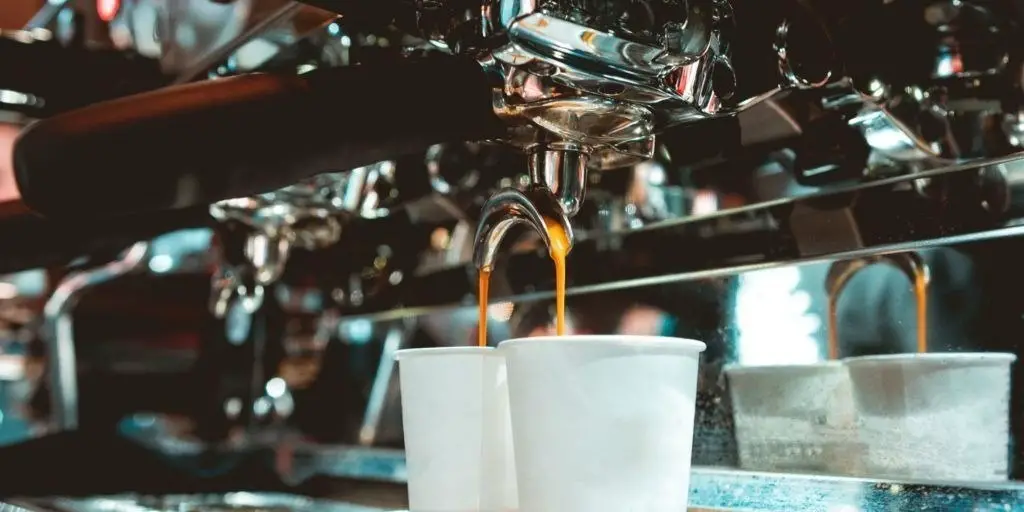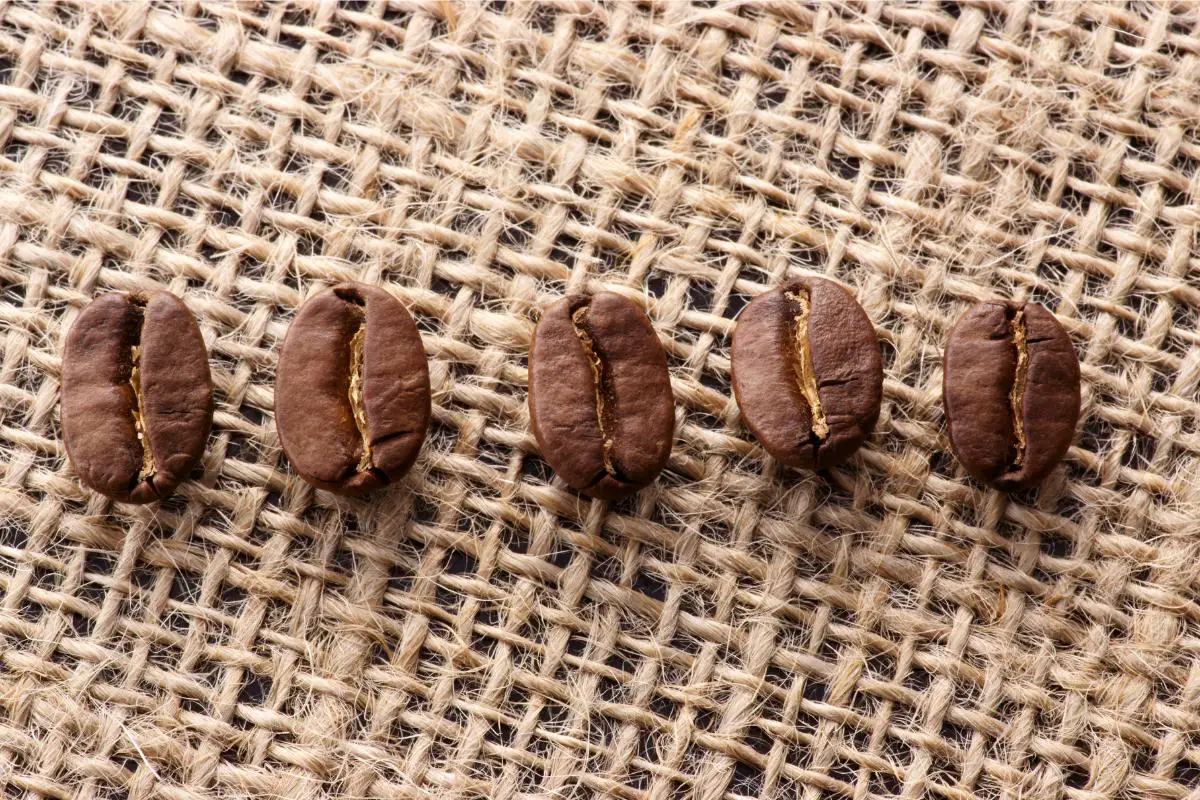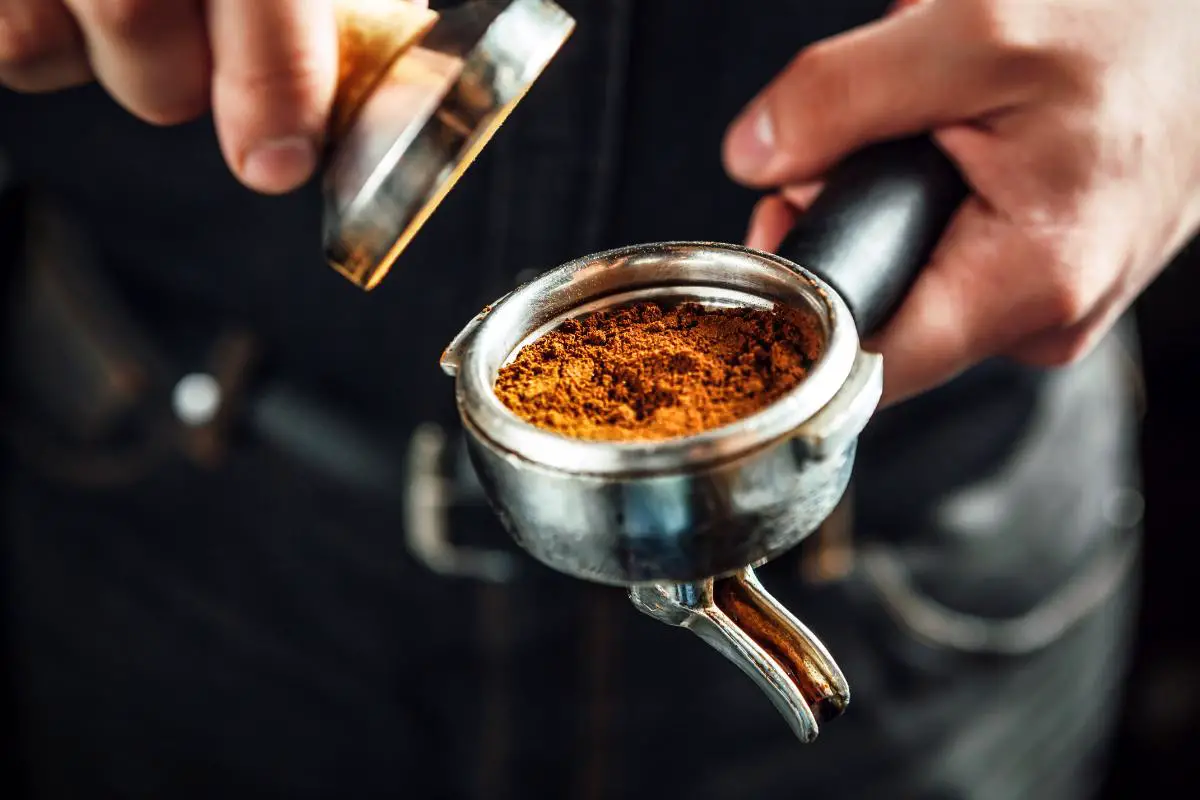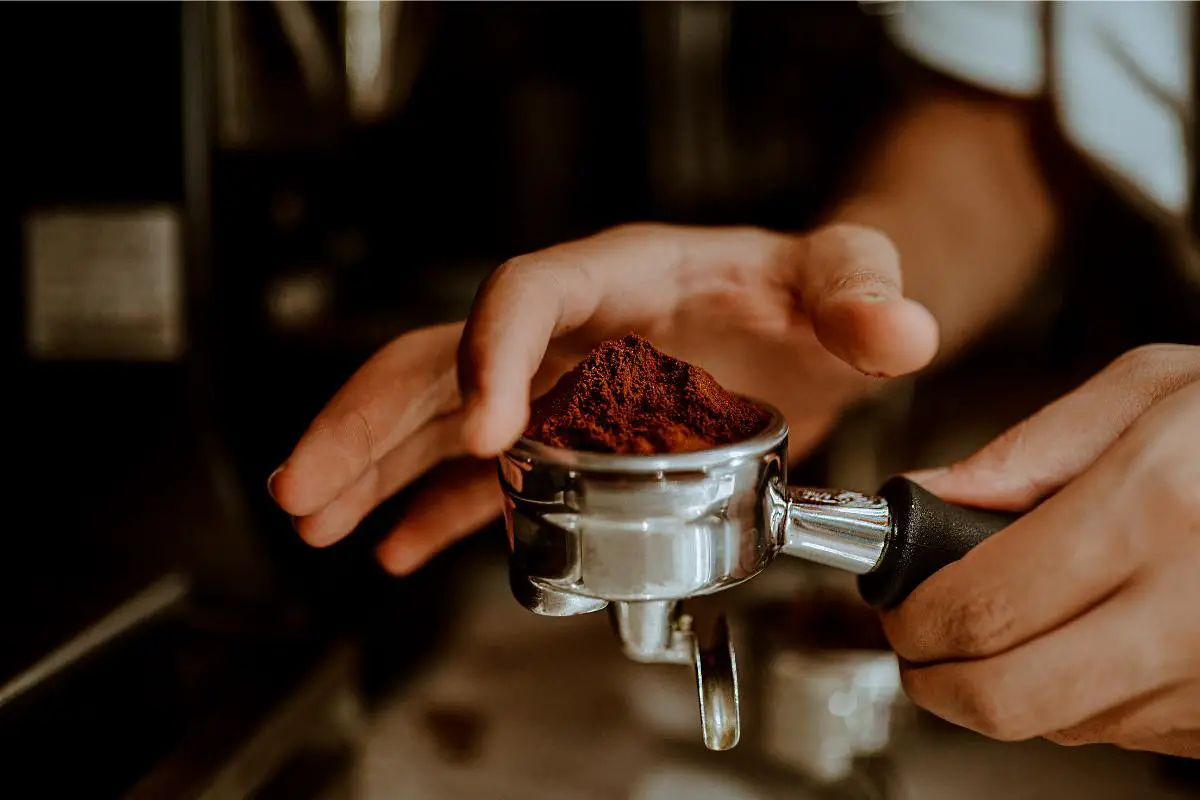Are you having problems with your espresso? Well, it turns out you do not have to be a highly trained barista to pull the perfect shot of espresso.
However, pulling a perfect shot of espresso is key to making the best specialty coffee brews you can, and there is quite a lot of debate over the ‘best’ way.
There are some basic skills you will need to sharpen, as well as certain steps that you will need to take in order to improve your espresso game.
In this article, We dived in to give you a step-by-step guide on how to pull a perfect shot of espresso.
Table of Contents
What is an Espresso?
In order to pull a perfect shot of espresso, you need to ensure you fully understand what an espresso actually is.
Espresso is a specific style of beverage that is pulled from an espresso machine that is generally designed for this purpose and can take around 30 seconds to prepare.
You do not actually need a fancy machine, however, it will make preparation easier and more accurate, therefore, there should be nothing to stop you from pulling a perfect shot of espresso.
It is also used as a base for many other coffee beverages such as your common latte, and most other specialty coffee beverages you will find at your local coffee shop.

The espresso is a full-flavoured and concentrated form of the coffee you have just ground down, which is then served as a shot, which can be either a single or more commonly double shot.
Put simply, the espresso is made from pressurised hot water being forced through the fine coffee grounds, also known as pulling, into your cup to serve.
One of the most important differences to other coffee beverages is that espresso has a crema, which is the slightly red and brown layer you can see.
This unique layer forms when air bubbles combine with the soluble oils of fine-ground coffee. The crema adds to the rich flavour and alluring aroma of espresso.
Read more: What is Specialty Coffee and the Processes of Making it?
What Does ‘Pull a Shot’ Mean?

The act of producing a shot of espresso is often termed as ‘pulling’ a shot, which originated from the early lever espresso machines designed in 1938 by Achille Gaggia.
These lever espresso machines require pulling down a handle, which was attached to a spring-loaded piston, forcing hot water through the coffee grounds at high pressure, and creating your espresso brew.
Today, however, with modern technologies, it is more common for the pressure to be generated by an electric pump with a push of a button.
What do you need?
To pull the perfect shot of espresso, we recommend you should either have or invest in the following;
- an espresso machine
- a grinder
- Scales
- a portafilter
- a tamper
- filtered water
- an espresso size cup
- quality coffee
- a timer
How Do You Pull The Perfect Shot of Espresso?

Before we dive into the steps to pull the perfect shot of espresso, it is very important to know that consistency should be your number one priority.
“Make sure that you do things exactly the same way every single time – unless you’re experimenting with variables, of course” – Perfect Daily Grind.
Now let’s begin!
Step 1. Pre – Heat
Be sure to preheat your coffee machine, portafilter and cup by pulling a ‘blank’ shot, which means running water through the portafilter and cup without using espresso.
Step 2. Grind
Ensure you grind fresh whole beans right before brewing. The ground texture is an important aspect of shot quality.
Too fine a grind will cause a slow, over-extracted shot that can taste bitter and burnt. Too coarse a grind will result in an under-extracted shot that is weak, watery and tastes sour.
Step 3. Dose
This is the part where you will need to determine the amount of coffee you put into your portafilter.
If you are after the more common double-shot espresso, it is recommended you use between 14 – 18 grams, however, this can also be weighed out by personal preferences.
Keep in mind, different coffees have different densities, so you will need to either dose by weight or experiment with every new coffee.
Step 4. Settle and Clear Grounds
Now your coffee beans are ground and you have the correct amount in your portafilter, it is important not to forget you settle your grounds evenly and clear any access grounds that you may have used.
The reason we level the coffee bed is to ensure that the water does not flow out faster in any area.
We recommend gently tapping the side of the portafilter with your hand to distribute the grounds.
You can also settle the grounds by tapping the portafilter on a tamping mat.
Step 5. Tamp
Now there are two things you need to factor in when tamping which are, keeping level and using the right pressure.
Tamping ensures uniformity of extraction by levelling and packing the grounds to ensure equal and consistent water contact is forced through the coffee.
Therefore, ensure you are tamping your grounds evenly so you do not over or under-extract.
When it comes to pressure, well it is really up to you, ultimately it does not matter if you tamp hard or not. Just do it consistently over time.

Step 6. Lock Portafilter Into Machine
Now you will need to twist the head of your portafilter into your espresso machine so it locks into place.
Step 7. Pull Your Espresso Shot (Brew)
Finally, it is time to pull your espresso shot. If your machine doesn’t have an integrated shot timer, now is the time to set your phone to timer function.
The first part of the brew should be dark before it turns to a golden brown/foamy mixture that flows into the cup in a thin stream (also known as a mouse tail).
The ideal brewing time for a standard 30ml cup of espresso should be between 20 – 30 seconds, and if you are running too long or too short, check your grind, dose and tamp, then adjust it accordingly.
Crema is the best indicator of espresso quality. It should be of an even hazelnut colour and be thick enough so that if sugar is added, it should float on the surface for a few seconds before sinking.
Enjoy!!!
Now you can pull the perfect shot of espresso, check out – How To Steam Milk For Specialty Coffee?
What Grind Size Should You Use?

So how do you know what grind size is right? First, try to reach the recommended extraction time which is 25 – 30 seconds.
Therefore, you should be aiming for a finer grind, similar to the size of sugar granules.
To achieve this, burr grinders are the best way to grind for espresso, this is because they produce the fullest flavour.
With some practice, you’ll start to understand your coffee behaviour on slower and faster extractions. With this knowledge, you’ll be able to achieve the perfect grind size.
What Does Tamping Mean?

In short, tamping is the compacting of the ground coffee in the portafilter prior to brewing.
How a barista tamps will be a major determinant of the quality of the espresso, because compacting the coffee firmly and uniformly forces the water to flow through the grounds in a manner that extracts the best of the coffee’s flavours.
“Tamping is necessary because the brew water is under major pressure and will have an almost intelligent ability to find the path of least resistance through the coffee.
If it does find channels that are easy to get through it will rush through these areas, over extracting the coffee surrounding the channels, and under extracting the coffee in the channels.
The resulting beverage flavour that you get into the cup is bitter and astringent, and so much of the coffees potential good flavours remain behind in the portafilter basket.
With firm and even tamping, the water has no choice but to flow through all of the coffee uniformly, and if the barista has adjusted his or her grind correctly and the espresso machine is in good order, the resulting coffee beverage represents the best coffee has to offer” – VirtualCoffee.com
Conclusion

Overall the full flavour of espresso makes it the ideal base for mixing coffee drinks. That is why the espresso machines at most coffee shops rarely stop working.
Pulling a perfect shot of espresso can take time and a lot of practice. We always recommend asking a local barista or roaster what system they use to pull shots with a coffee and soak up some of their free knowledge.
Also do not be afraid in experimenting. Try pulling a shot at 40 seconds, maybe one at 20 seconds.
There are only guidelines in coffee, no hard and fast rules, so you’ll often find that your favourite shot exists outside the bounds of the industry standard.
What matters most is taste. All of these procedures and measurements are simply in the service of great-tasting espresso so, more than anything, trust your palate.
If you enjoyed this article, read more like this by checking out our Specialty Coffee Beginners Guides.






Leave a Reply